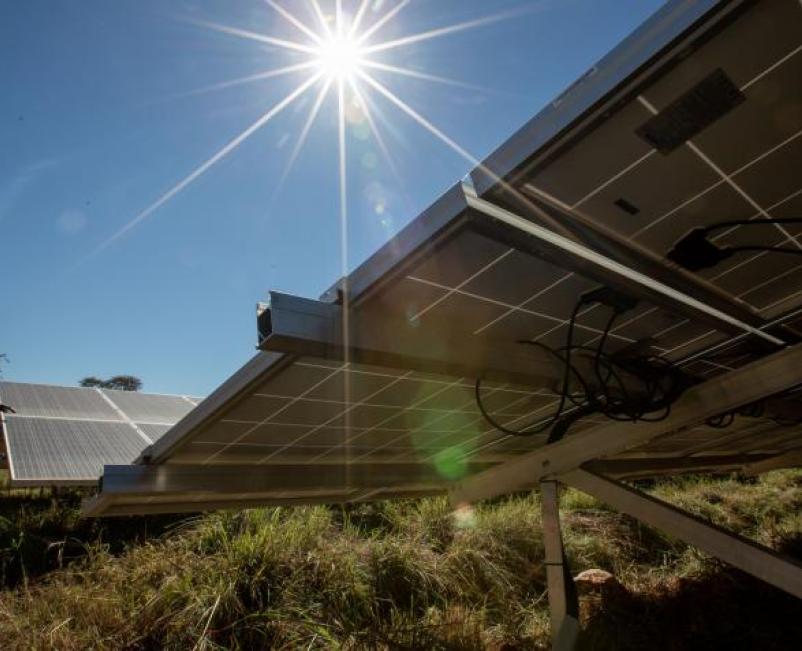As the United Nations Climate Conference COP26 opens, I want to focus on hope and on the urgency of action. COP26 comes at a time when at all levels, all partners – from private sector to governments – from across the world are coming together to create an unstoppable momentum for clean energy.
Since the historic Paris Agreement, we have seen a shift in the global conversation about climate change, now recognized as ‘code red for humanity’. The COVID-19 pandemic has put a remarkable focus on the climate crisis for recovering with energy-efficient practices embedded in new ways of travel, work, consumption and production. This is a huge achievement— an unprecedented moment in human history.
The climate crisis defines our era. The devastating flooding, heatwaves, wildfires seen across the world this past year is a stark illustration of that. Young people are acutely aware of the seriousness of the situation: the G20 People's Climate Vote, recently published by UNDP and the University of Oxford found that 70 percent of young people in G20 countries believe that we are in a global climate emergency.
The political, economic, financial and business cases for clean energy have never been stronger. We are on the cusp of a historic energy revolution that will re-shape how we power our societies and economies. Our collective window for action is closing fast, and progress isn’t quick enough.
So how can we successfully transition to cleaner energy sources and move away from the climate crisis? Here are my four reasons for hope, for countries to seize the moment to accelerate the energy revolution.
1. It’s increasingly acknowledged that the energy transition is an economic opportunity
We must address head-on the misconception that the energy transition is a costly burden. Renewable energy is now a competitive alternative to fossil fuels, especially coal. Solar can now provide some of the cheapest electricity in history. Wind power generation is on a similar trajectory, with prices falling by around 50 percent over the last decade. Financial markets are seizing the opportunity: in 2020 for the first time clean energy companies raised more money than fossil fuel companies through public offerings.
This energy revolution will create jobs – up to 60 million jobs in renewable energy and energy efficiency by 2030; improve global health outcomes by lowering air pollution; unlock opportunities, especially for women through access to clean cooking and for young people through improved access to education and the internet across the world.
2. COP26 comes after two years of unprecedented clean energy commitments
From the €800 billion Green Deal package in Europe; the US commitment to double its climate finance contribution to developing countries; India’s pledge to increase renewable energy installed capacity to 450 GW by 2030; to the US$400 billion committed to clean energy access and the energy transition by governments and the private sector as part of the High-Level Dialogue on Energy -these commitments, and many others, are nothing short of revolutionary.

 Locations
Locations

